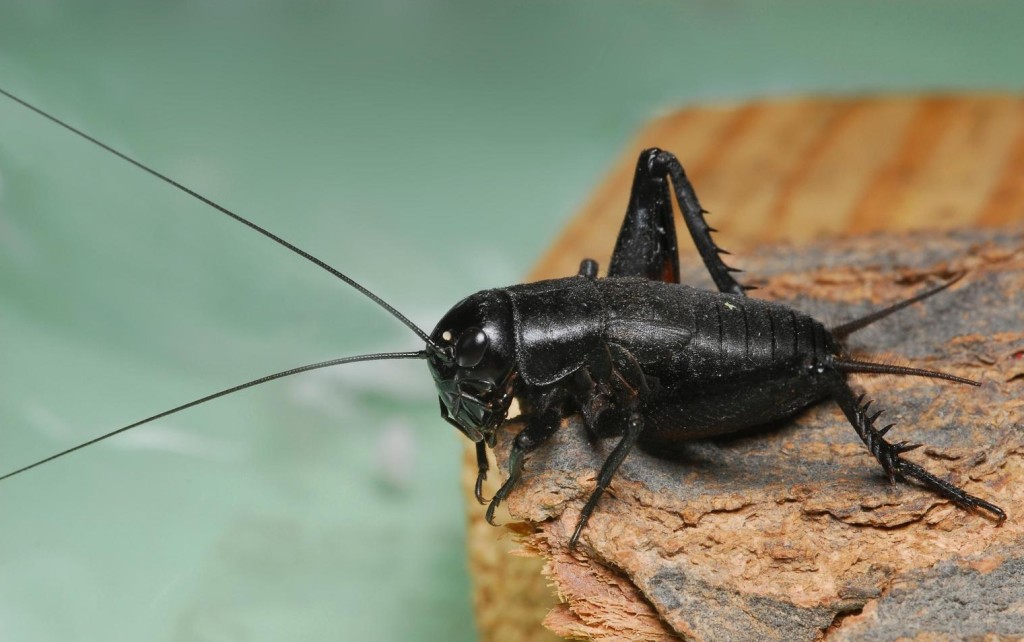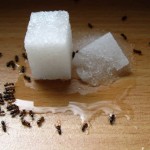How to get rid of crickets
Crickets are extremely disruptive insect species that have the potential to deface and disturb the silence and serenity of several roofs, monuments, public property and even entire parks. Even though crickets are a perennial favourite among certain Asian cultures, particularly in urban areas, they can cause great damage and discomfort to residents and users of open-spaces and other buildings frequented by crickets. The droppings of crickets contain an extremely powerful acid known. This acid is highly corrosive, and can hence damage the finish and the polish on buildings and vehicles and clothes. The droppings also emit an extremely pungent odour that makes breathing and olfactory functioning extremely difficult. The droppings also act as the perfect feeding and hosting location for several species of fungi and other germs which pose health threats and may cause diseases. Crickets may also act as the vectors of several grave diseases such as Histoplasmosis, Cryptococcosis, and Psittacosis. The following are a couple of helpful suggestions that can help you deal successfully with the menace and threat caused by crickets in buildings and public places. Be sure to pass on any tips that you find effective to your friends, family and close relatives who may be facing difficulties along similar lines on account of crickets or their chirping and such.
1. Identifying the crickets
It is essential to identify the particular kind of cricket that is causing all the trouble. Crickets exist in different kinds and types. There exists wide variation in the chirping styles and physical properties of crickets. The most common varieties of crickets are the following- House crickets, Field crickets, Camel cricket, and Ground cricket. Identifying crickets is useful in devising strategies to combat any infestation or infiltration by crickets.

2. Using cricket traps
Sticky traps or glue boards may be laid along walls and in corners to trap crickets. Crickets may be lured with some small food item or by bright lighting. Cricket traps are sufficient and perform a thorough job if the infestation or the infiltration is small and contained. However in the case of contagions or infiltrations that are larger, more intensive and scalable solutions may be required.
3. Proper landscaping and sanitation
All insect infestations occur in unhygienic places and homes. Lawns or grass ground with overgrown grass or weeds are the perfect breeding and camping ground for crickets. Proper landscaping can help to reduce the chances of an insect infestation significantly. Ensuring that grass and foliage, particularly along the boundary and the fences of the property is properly trimmed and maintained all the time. These are usually hotbeds of cricket and other insect infestations. Properly trimmed lawns and grass cover also adds to the aesthetic value of the property. Insects are often atttracted by water sources and moisture, so make sure that the lawns and grass surrounding your houses are kept clear of water clogging and moisture.








